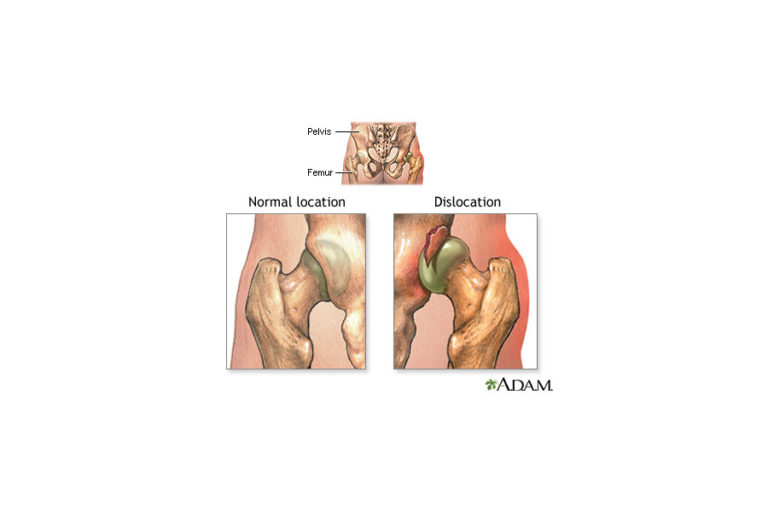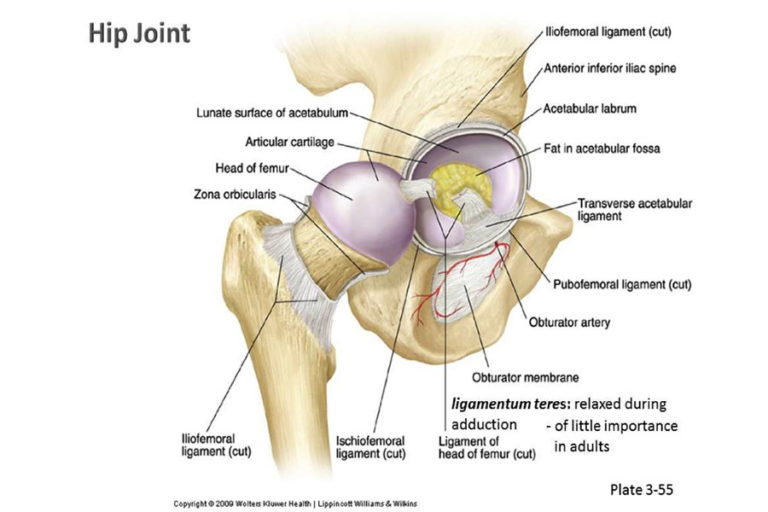Hip Dislocation: Legal Implications
When considering taking legal action for possible medical negligence related to delayed reduction in a traumatic hip dislocation, there are many factors that need to be considered. There are other causes of avascular necrosis. Examples…








